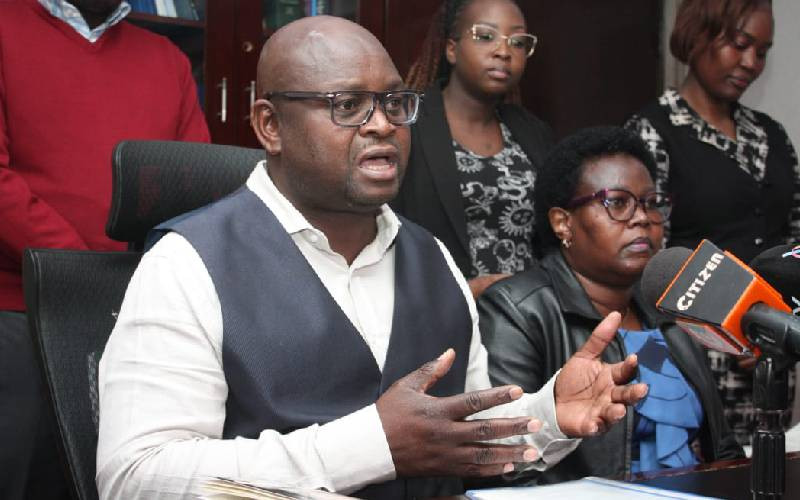The ongoing nationwide nurses’ strike has exposed deep cracks in Kenya’s healthcare system, with internal county politics and underestimation of industrial action by governors cited as the main reasons behind the prolonged stalemate.
According to the nurses’ union, the strike, which began on August 8, was triggered by failure of county governments to honour previous agreements. Key among these were the 2017 return-to-work formula that promised conversion of contract nurses to permanent staff, addressing acute staff shortages, and implementing the 2024 Salaries and Remuneration Commission (SRC) circular on salary increments.
Union officials argue that many of these issues have been pending for over seven years, leaving nurses frustrated. They accuse some governors of politicising genuine grievances, further delaying resolution. Tribal and political undertones have also been blamed for worsening the crisis in certain regions.
While several counties such as Siaya, Kisumu, Kitui, Kilifi, Embu, Narok, Samburu, and Meru have managed to strike deals and recall their nurses to work, others remain locked in stalemate. Nairobi, Trans Nzoia, Busia, Kisii, Bomet, Machakos, Isiolo, Kwale, Lamu, and Nyamira are still grappling with unresolved disputes.
The union has praised counties that engaged them early, preventing disruption of services. Samburu, for instance, held swift negotiations after receiving a strike notice and managed to avert the strike entirely. Other counties, however, have dismissed the strike as politically motivated, a position that has further strained relations with health workers.
In Machakos, recruitment of 500 new nurses has been seen as a positive step in addressing shortages, even though the demand is far higher. Leaders from the nurses’ union caution against trivialising workers’ concerns, emphasising that strikes are not about power plays but about demanding rights guaranteed under the Constitution.
The crisis also has a gendered dimension, as the majority of nurses are women balancing family responsibilities with the demands of the profession. Union leaders highlight that going on strike does not mean abandonment of duty but reflects government failure to meet obligations.
Reports of intimidation and disciplinary action against striking nurses have further deepened mistrust, complicating negotiations. The union insists that lasting solutions will only come through dialogue and respect for agreements.
As things stand, patients continue to bear the brunt of disrupted health services, and unless counties collectively address the root causes, the strike is unlikely to end soon

